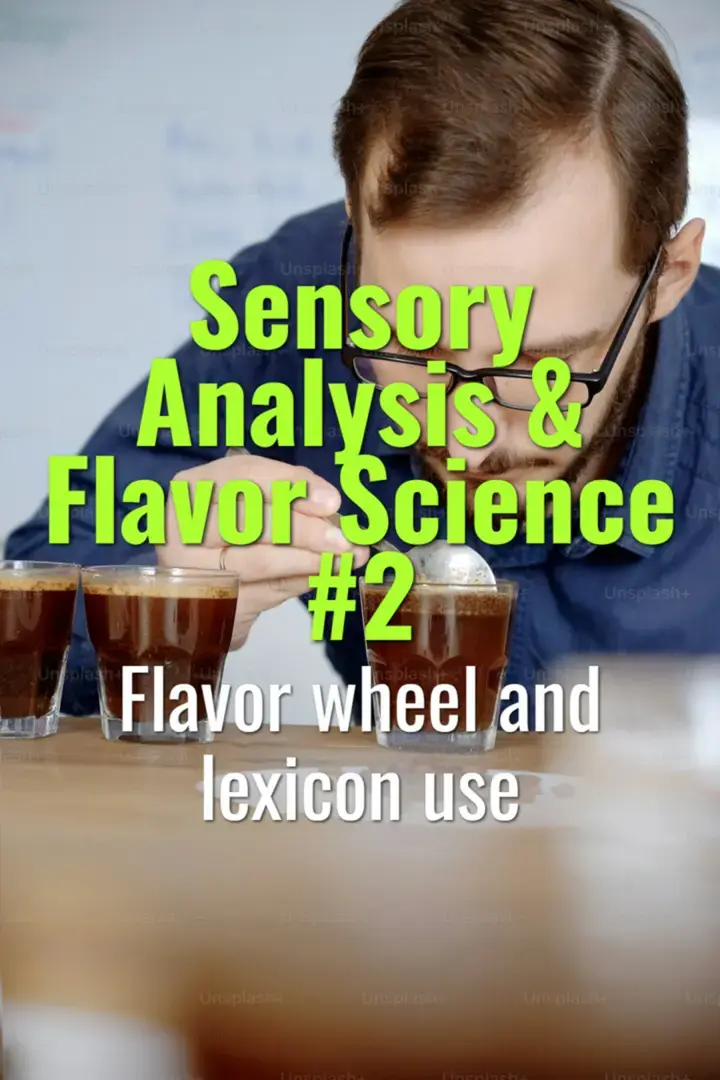Flavor wheel and lexicon use
How to use the Coffee Taster’s Flavor Wheel and Sensory Lexicon to describe and evaluate coffee flavors with accuracy and consistency.
- Coffee Basics Nerds
- 2 min read
Article 2 of 12 in Sensory Analysis & Flavor Science/

Purpose of the Flavor Wheel
- A visual tool developed by SCA and World Coffee Research.
- Standardizes sensory language to avoid vague terms like “nice” or “strong.”
- Helps tasters describe aroma, taste, and aftertaste systematically.
Structure of the Wheel
- Center Ring: Broad categories (fruity, floral, roasted, sweet, sour, etc.).
- Middle Ring: Sub-categories (citrus fruit, berry, nutty, chocolate).
- Outer Ring: Specific descriptors (lemon, blueberry, hazelnut, dark chocolate).
- Encourages tasters to move from general → specific as they refine perceptions.
Coffee Sensory Lexicon
- A detailed reference document defining each descriptor.
- Provides definitions, references, and intensity scales (e.g., blueberry at 6/15 intensity = frozen blueberries in syrup).
- Used for training sensory panels and Q graders.
How to Use in Practice
- Initial Impression: Start broad (e.g., fruity).
- Refinement: Move outward to narrow descriptors (e.g., citrus → lemon).
- Reference: Use lexicon to calibrate meaning and intensity.
- Communication: Share tasting notes in a way other tasters understand consistently.
Benefits
- Promotes common language across roasters, baristas, and consumers.
- Enhances marketing by providing vivid, accurate flavor notes.
- Supports quality control by identifying off-flavors precisely.
Practical Training Tip
- Practice blind tastings with real-world references (fruit, nuts, chocolate) alongside the wheel.
- Use the wheel during cuppings to guide structured description.
Summary
The Coffee Taster’s Flavor Wheel and Sensory Lexicon provide a shared language for describing coffee. By starting broad and moving toward specific descriptors, tasters achieve consistent, precise communication of flavor experiences.